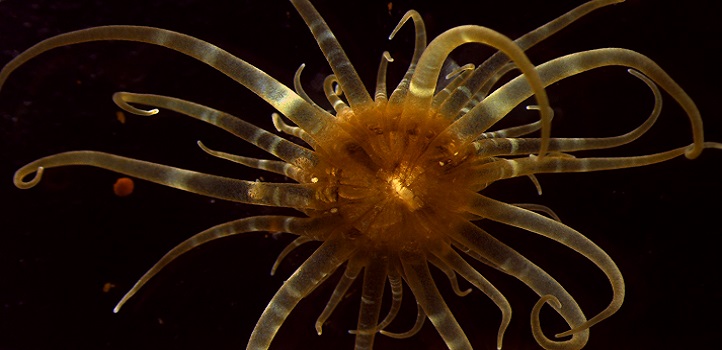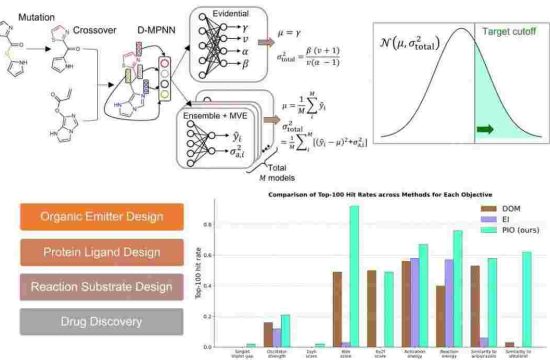Corals living in highly saline waters may be more tolerant to rising water temperatures.

Credit : © 2018 Hagen M. Gegner
Scientists have long suspected that corals living in very salty water can also tolerate higher water temperatures, but the link has never been verified. Now, KAUST researchers have shown that salinity directly influences the ability of the coral model organism Aiptasia to cope in warmer water and may have identified the compound that helps this process.
“We, like others, had observed that corals from highly saline waters like the Red Sea can tolerate high water temperatures, but no one had systematically analyzed this,” says Ph.D. student Hagen Gegner, who worked on the project with supervisors Christian Voolstra and Manuel Aranda and colleagues. “We conducted heat stress experiments to determine the effects of different salinity levels on two Aiptasia strains and their associated symbionts, strains of the dinoflagellate algae Symbiodinium.”
The sea anemone Aiptasia is closely related to reef-building corals, and it is regularly used as a coral model organism because it is easier, cheaper and quicker to grow than corals themselves. The researchers chose two Aiptasia strains, H2 and CC7, each of which hosts a different Symbiodinium strain. When corals and anemones are under heat stress, they respond by expelling their symbionts in a process called bleaching, which can kill corals if stresses persist.
The team reared Aiptasia anemones at a constant temperature of 25 degrees Celsius before transferring them into low-, medium- and high-salinity tanks. Each tank was then heated to 34 degrees Celsius and maintained at the higher temperature. They measured Symbiodinium levels at the beginning of the experiment and again once bleaching had occurred.
“For one of the anemone-symbiont combinations, the severity of bleaching was significantly reduced as salinity increased,” says Gegner. “Although both combinations lost Symbiodinium at all salinity levels, more were retained by Aiptasia H2. This also coincided with limited damage to the animal’s photosynthetic efficiency.”
A previous study led by Voolstra showed that a compound found in corals called floridoside is increased, or upregulated, under high-salinity conditions. Floridoside is an antioxidant that also regulates osmotic pressure within the animal. This means it may counter the stress-induced overproduction of toxic reactive oxygen species within cells and help prevent severe bleaching.
“So we know thermotolerance is increased at high salinity for certain host-symbiont relationships and that floridoside is abundantly present at high salinity,” says Gegner. “Now we need to determine if floridoside is the molecule that confers thermotolerance within specific host-symbiont relationships. We also need to conduct experiments in actual corals to understand how this might affect both individual corals and reef ecosystems.”







